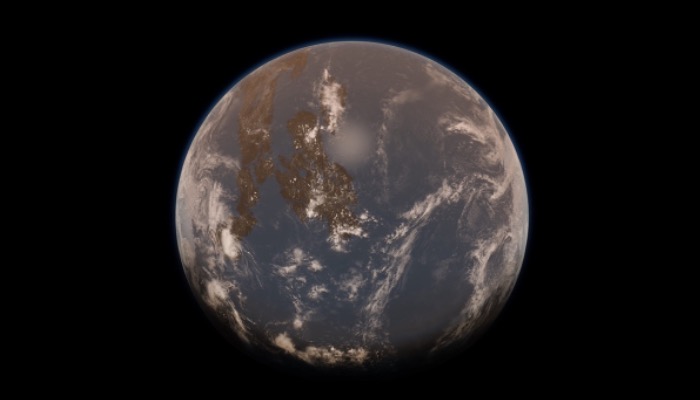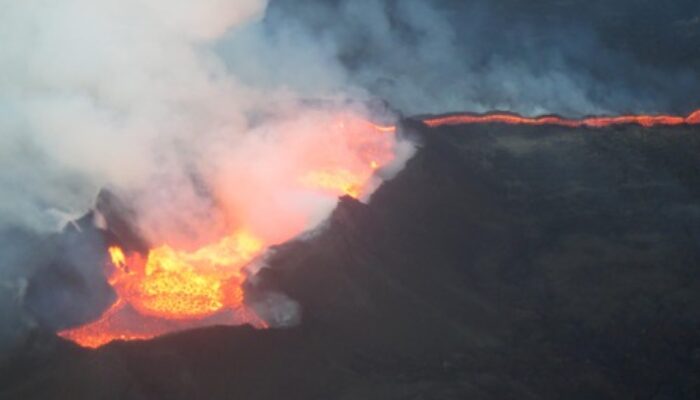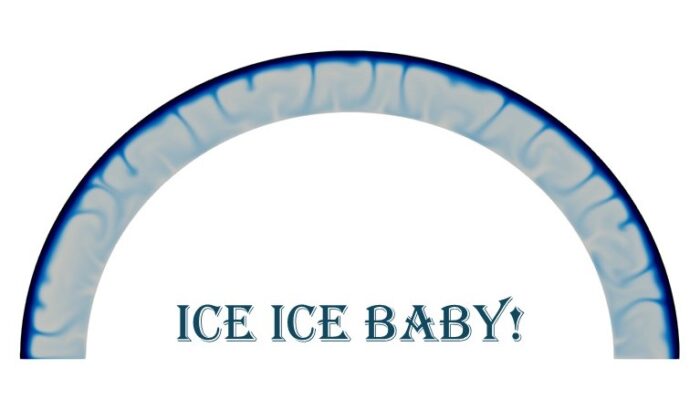Ganymede, one of the Galilean moons of Jupiter and the largest in the Solar System, has caught the scientists’ attention due to its potential for hosting life. The JUICE mission, launched from the Guiana Space Centre in French Guiana on 14 April 2023, is on its way to orbit and conduct experiments on the Galilean moons (Ganymede, Europa, and Callisto), with particular emphasis on characterizing G ...[Read More]
The Sassy Scientist – Raiders of the Lost *What*?
Is it hot? Is it cold? I don’t know anymore. I really need holidays or better: early, very early, retirement. Anyway, what we need is a bit of sassiness in the mix. So let’s make July a bit sassy. Yikes, it sounds like an election campaign. I don’t like it, never mind. What were we doing? Ah, yes, sassy. So, Ryu asks: How do I rediscover the joy of science? Dear Ryu, Tough audience question found ...[Read More]
Modeling the Early Earth: Idealization and its Aims II

This week we have the second part of Junjie Dong’s insightful blog on modeling the early Earth. Following the discussion (“Modeling the Early Earth: Idealization and its Aims I”) about the major early Earth questions and challenges in modeling early Earth, Junjie now explores the imprtance of modeling as a scientific endeavor. He presents how one could more effectively model the ...[Read More]
An Arctic enigma: Can a single plume explain a massive and long-lived ancient volcanic eruption?

Across the Arctic lies evidence for a massive past volcanic event, called the High Arctic Large Igneous Province (HALIP). This ancient volcanic event is particularly unusual in that it appears to have lasted for over 50 million years. Could a single deep-seated mantle plume cause such wide-spread and long-lived volcanism? In a recent study published in the journal G-cubed (Heyn et al., 2024 ...[Read More]


